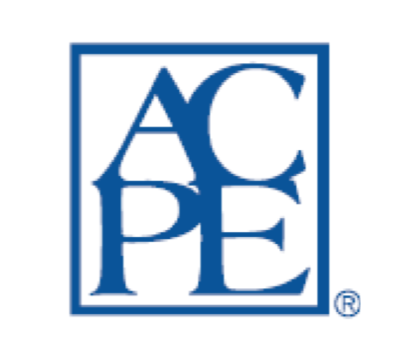The Arthur E. Schwarting Symposium is an educational conference focused on pharmacy practice for pharmacists in many settings.
This year's sympoisum had an overall topic of Drug Induced Disease from a Patient Safety perspective. This presentation deals with secondary cancers resulting from primary cancer treatment.
Learning Objectives
| The activity met the following learning objectives for Pharmacists: |
| · Describe the role of dietary modification for LDL modification
|
| · Identify how some dietary supplement ingredients mimic the mechanisms of action of prescription drugs |
| · Describe the magnitude of plant sterols and stanols, red yeast rice, silybum M, berberine, cinnamon, green tea extract, and garlic LDL reduction as monotherapy |
| · Describe the potential for combination therapy to increase the magnitude of benefit |
| · Compare and contrast with prescription LDL lowering options |
| · Describe risks of contamination and adulteration with dietary supplements |
Activity Release Dates
Released: April 27, 2023
Expires: April 27, 2026
Course Fee
$17 Pharmacist
ACPE UAN Codes
0009-0000-23-010-H01-P
Session Code
23RW10-CBA96
Accreditation Hours
1.0 hours of CE
Accreditation Statement
| The University of Connecticut School of Pharmacy is accredited by the Accreditation Council for Pharmacy Education as a provider of continuing pharmacy education. |  |
Pharmacists and Pharmacy Technicians are eligible to participate in this application-based activity and will receive 1.0 CE Hour for completing the activity (ACPE UAN 0009-0000-23-010-H01-P), passing the quiz with a grade of 70% or better, and completing an online evaluation. Statements of credit are available via the CPE Monitor online system and your participation will be recorded with CPE Monitor within 72 hours of submission.
Grant Funding
There is no grant funding for this activity.
Faculty
C. Michael White, PharmD, FCCP, FCP
Professor and Department Head Pharmacy Practice
University of Connecticut School of Pharmacy and Director HOPES Research Group
Storrs, CT
Faculty Disclosure
Dr. White is a co-investigator on a project assessing the risk of bias for an anti-bleeding drug, andexanet alfa. This is a bleeding reversal agent and AstraZeneca is funding it. They do not have a lipid reducing product that I am discussing in this presentation or as a competitor to the products I am discussing. nonetheless.
Disclaimer
The material presented here does not necessarily reflect the views of The University of Connecticut School of Pharmacy or its co-sponsor affiliates. These materials may discuss uses and dosages for therapeutic products, processes, procedures and inferred diagnoses that have not been approved by the United States Food and Drug Administration. A qualified health care professional should be consulted before using any therapeutic product discussed. All readers and continuing education participants should verify all information and data before treating patients or employing any therapies described in this continuing education activity.
Content
Handouts
Post Test Pharmacist
- Which of the following fats has the worst effects on the LDL to HDL ratio?
- Trans fats
- Saturated fats
- MUFAs
- Which of the following describes the impact of the Mediterranean diet on patients?
- It reduces cardiovascular events significantly and LDL by a large amount
- It reduces cardiovascular events significantly and LDL to a modest amount
- It reduces the need for lipid lowering therapy by a large amount
- Which of the following supplements is linked correctly to its likely mechanism of action?
- Berberine – Blocks the enzyme HMG CoA Reductase
- Red Yeast Rice – Blocks formation of the protein PCSK9
- Sterols/Stanols – Block LDL reabsorption and fat absorption
- Tobias Whale is a 50-year-old super villain in the series Black Lightening. In addition to killing the innocent and extorting small business owners, he also has a poor baseline diet. He requires a 6% reduction in his LDL to reach his goal. Which of the following natural products are MOST LIKELY to get him to goal?
- Cinnamon
- Green tea
- Red Yeast Rice
- What does a USP or NSF seal on a bottle of Red Yeast Rice tell you?
- That the product will reduce your LDL by 30% under normal circumstances
- That the product will reduce your risk of ASCVD events
- That the specified active ingredient is actually in the pills
 “The University of Connecticut School of Pharmacy is accredited by the Accreditation Council for Pharmacy Education as a provider of continuing pharmacy education.”
“The University of Connecticut School of Pharmacy is accredited by the Accreditation Council for Pharmacy Education as a provider of continuing pharmacy education.”